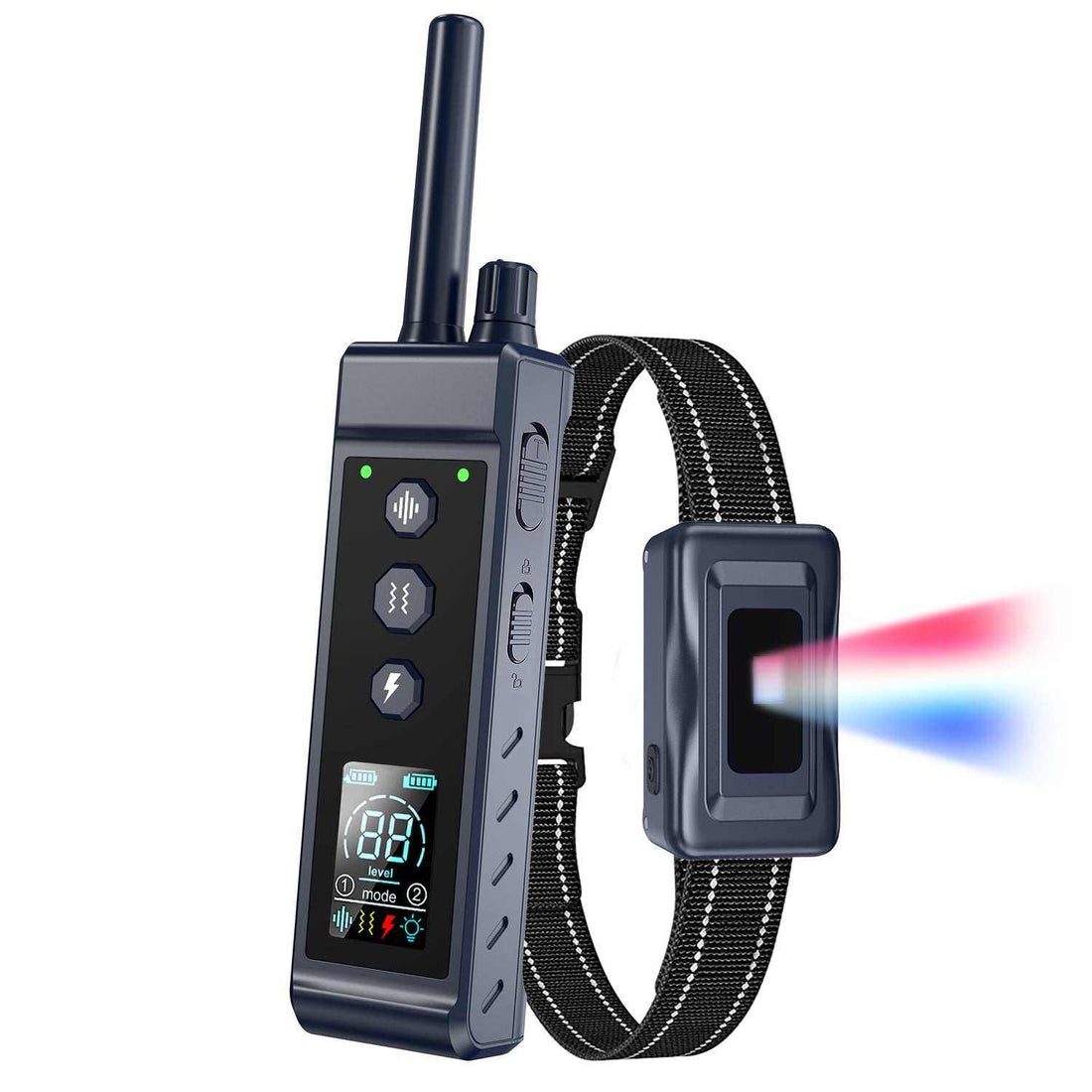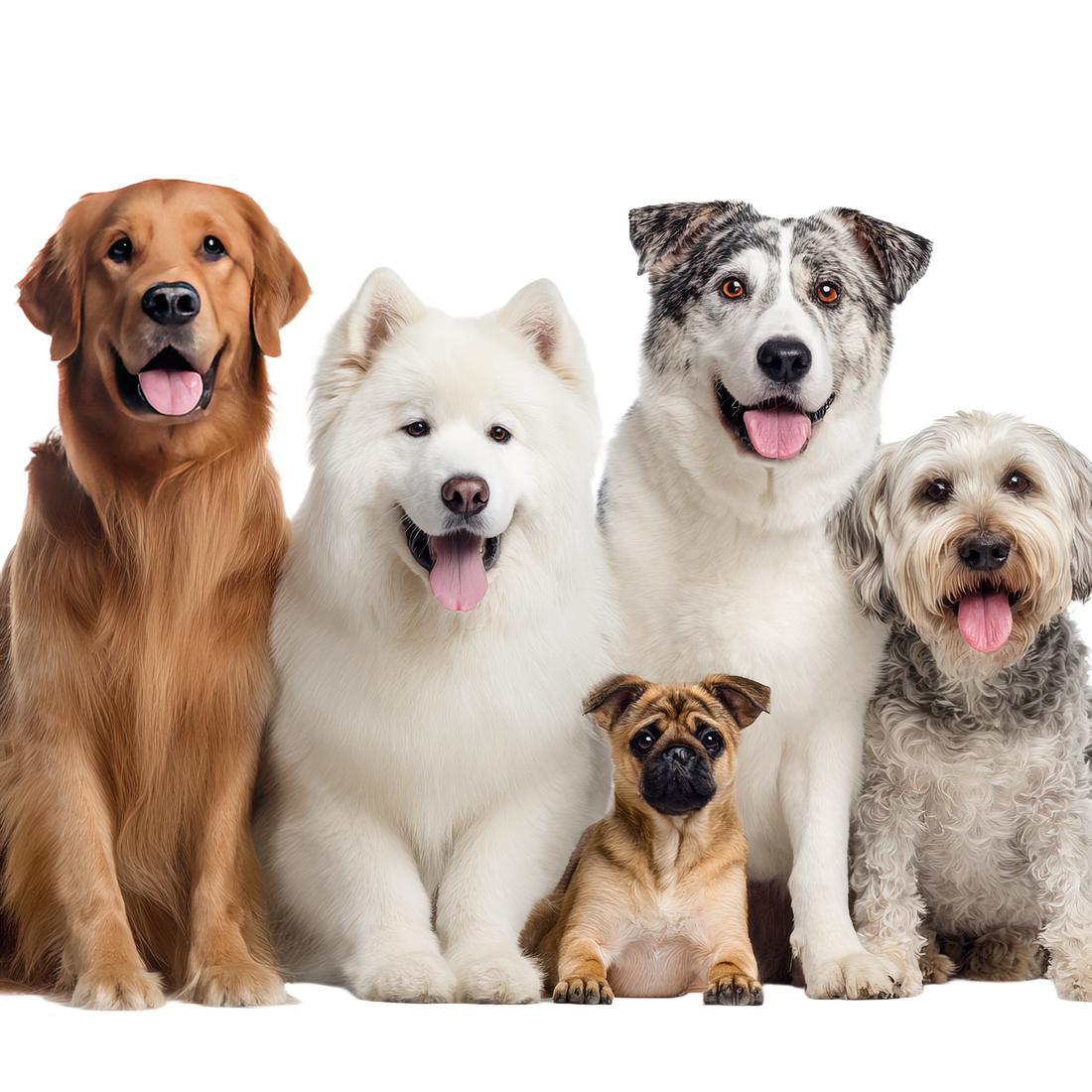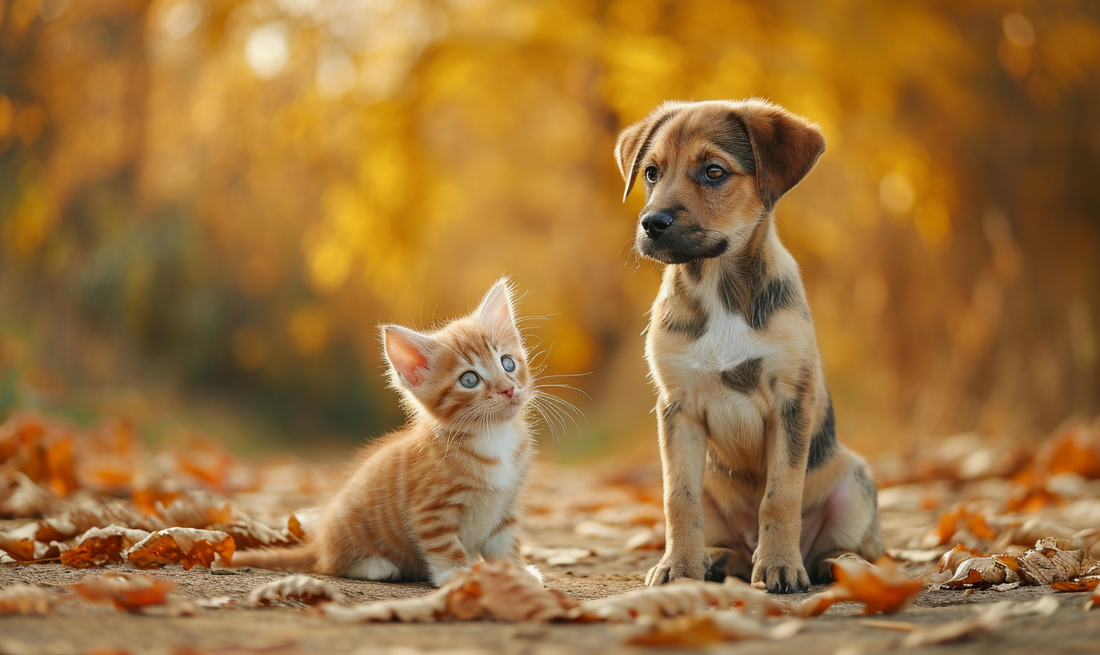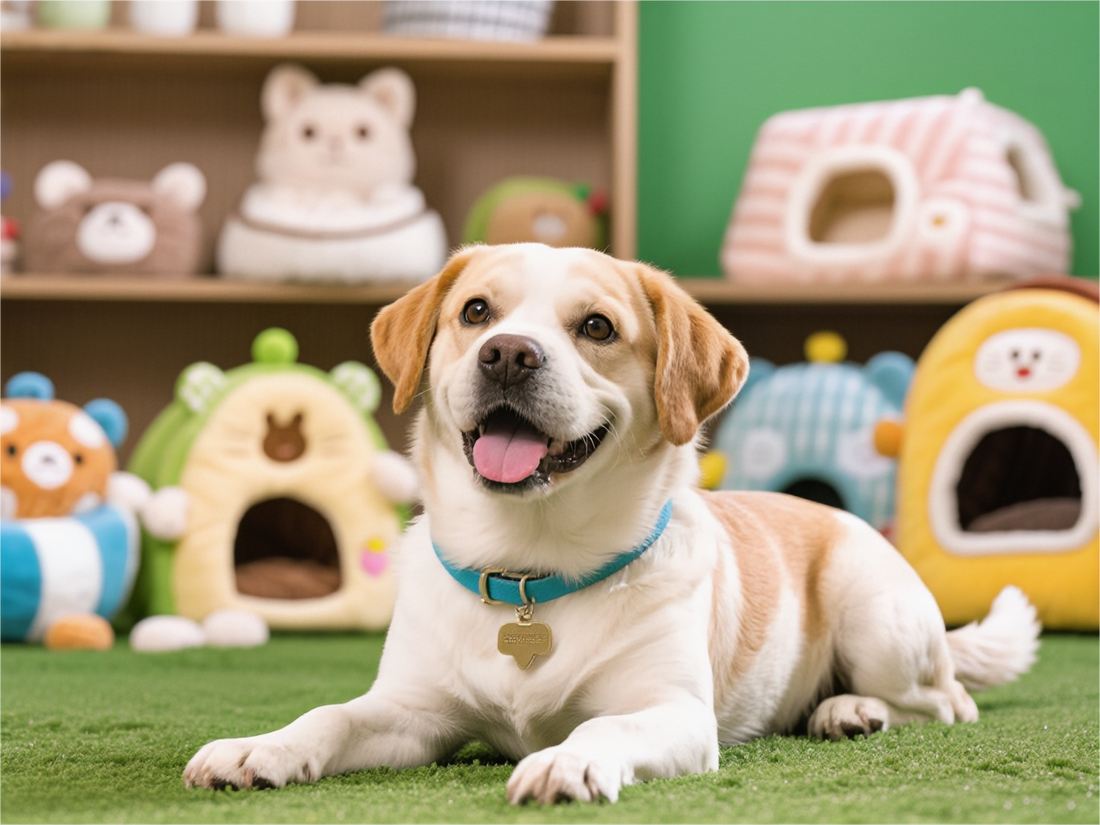






Understanding Pet Product Materials
When shopping for pet products, most owners focus on design, function, and price. However, one of the most important aspects often overlooked is the material. The type of material used in pet products directly affects safety, comfort, and durability. From feeding bowls to toys and bedding, knowing what materials are best for your pet can help you make smarter choices and ensure long-term well-being.
1. Food-Grade Stainless Steel
For bowls and feeders, stainless steel is one of the safest and most durable options. Unlike plastic, it doesn’t retain odors or harbor bacteria, and it’s resistant to scratches that could trap harmful germs. Many veterinarians recommend stainless steel food and water bowls because they are non-toxic, easy to clean, and last for years.
2. Non-Toxic Rubber
Chew toys and fetch balls are often made from natural or synthetic rubber. High-quality, non-toxic rubber is tough enough to withstand biting while still being gentle on teeth and gums. It also provides a satisfying texture that dogs love. Always make sure the rubber is free from harmful chemicals like BPA or phthalates.
3. Soft Fabrics and Plush Materials
For bedding, cushions, and soft toys, breathable fabrics like cotton or polyester blends are commonly used. These materials offer comfort while being relatively easy to wash. Look for fabrics that are durable enough to resist tearing, especially if your pet is a heavy chewer. Hypoallergenic options are also available for sensitive pets.
4. Rope and Natural Fibers
Rope toys, often made from cotton or hemp, are great for interactive play like tug-of-war. Natural fibers are safer than synthetic ropes because they are less likely to fray into sharp edges. They also help clean teeth naturally as pets chew and tug, promoting better oral health.
5. Memory Foam and Supportive Padding
For older pets or those with joint issues, orthopedic beds made with memory foam provide excellent support. These materials conform to the pet’s body, relieving pressure points and improving sleep quality. Covers are usually made from durable fabrics like canvas or microfiber, which balance comfort and resilience.
6. Silicone
In recent years, silicone has become popular for collapsible bowls, mats, and feeding accessories. It’s flexible, lightweight, heat-resistant, and non-toxic. Silicone products are especially useful for travel, as they are easy to pack and clean.
Conclusion
The material of a pet product is more than just a detail—it’s a key factor that determines safety, hygiene, and comfort. Whether it’s stainless steel bowls for hygiene, non-toxic rubber toys for safe play, or orthopedic foam beds for comfort, choosing the right materials ensures your pet’s health and happiness. Next time you shop for your furry friend, take a closer look at what the product is made of—you’ll be investing in quality care that lasts.
